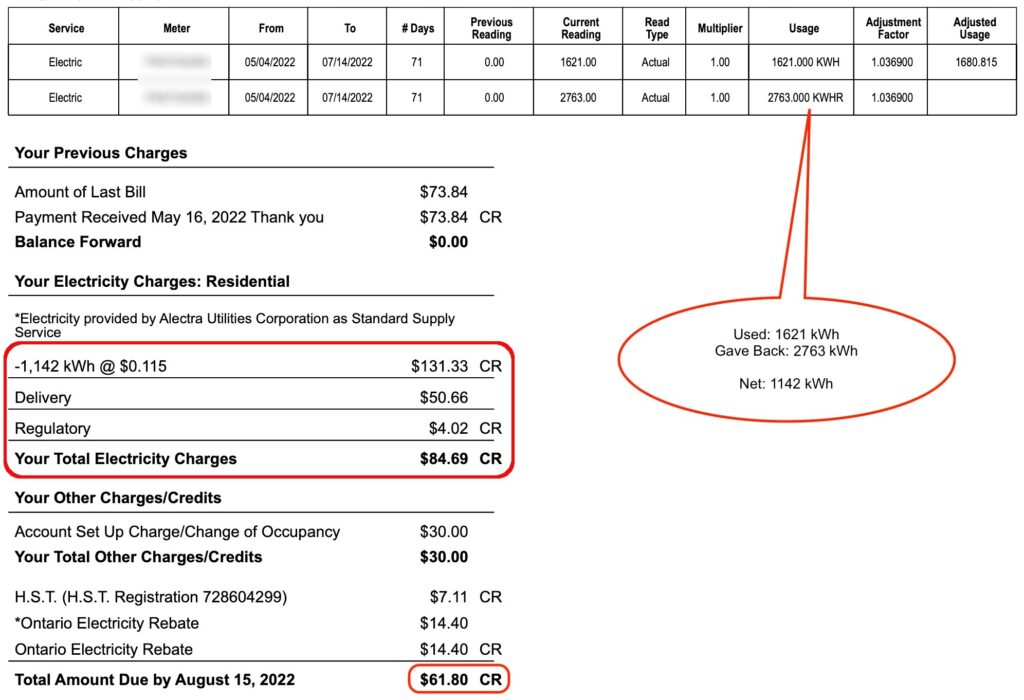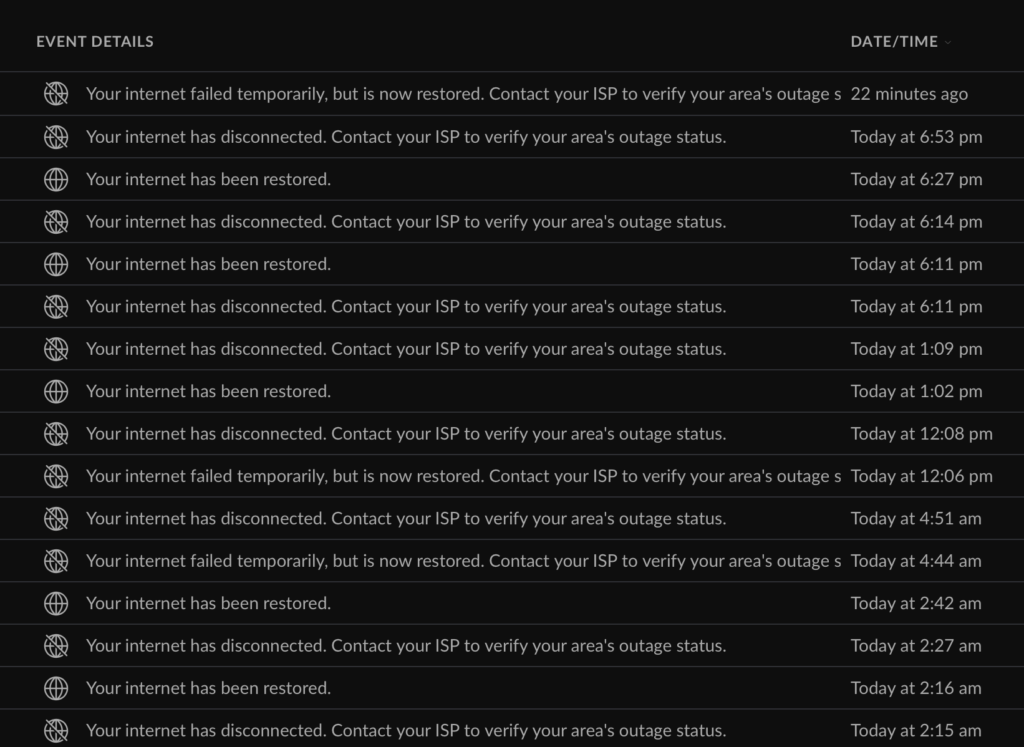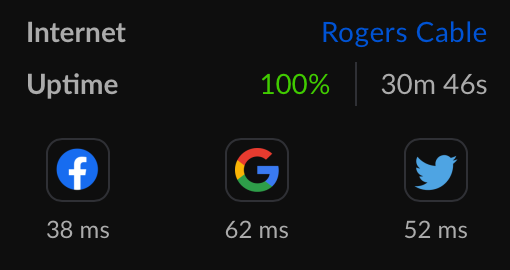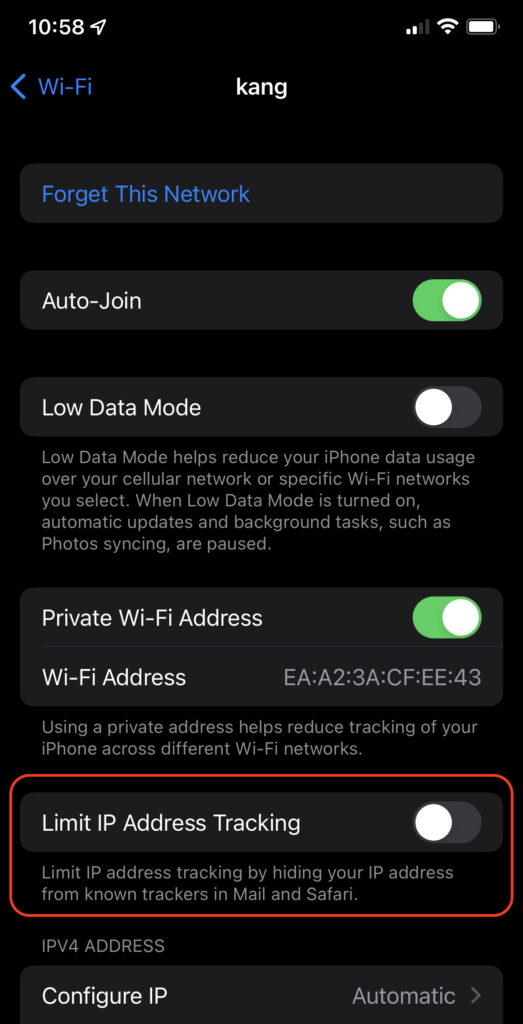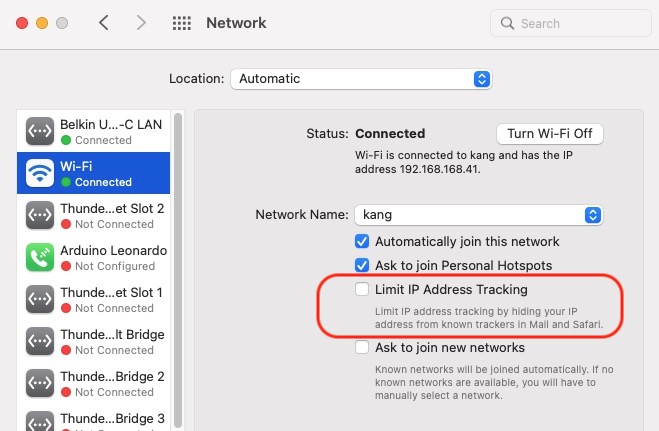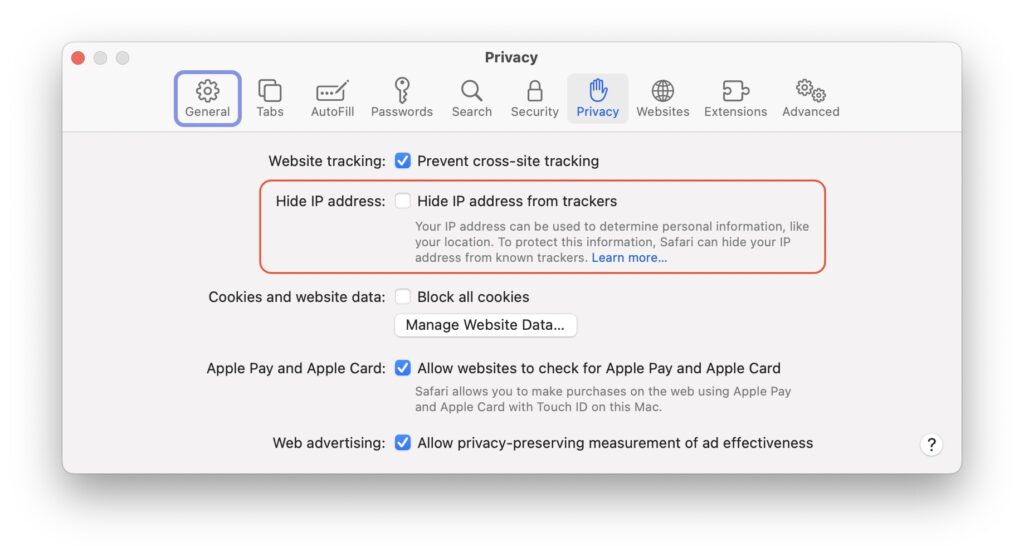I cannot believe that I am actually excited to receive a bill! Our first bill from Alectra Utilities covering the consumption period since our net meter was installed on May 4th has arrived.
This bill covered almost two and half months. As you can see from the above extract, we have given back a total of 2,763 kWh and used 1,621 kWh yielding a net of 1,142 kWh, which Alectra credited back to us at $0.115 / kWh.
The surprise is that this credit can be used to offset both the delivery and other added surcharges. It looks like we still benefit from any other regulatory and provincial rebates and they are incremental to our credit.
The net result of all of this is that not only did we not have to pay any electricity from May 4th until July 14th, a period which definitely covered some heavy air conditioner usage, we also generated $61.80 worth of credit on our account.
So, how much did we save? I looked back at our bills for the same period from last year (2021), and found:
| From | To | Amount |
|---|---|---|
| 2021-04-15 | 2021-05-13 | $132.18 |
| 2021-05-13 | 2021-06-11 | $196.41 |
| 2021-06-11 | 2021-07-14 | $240.17 |
Although we do not have perfect alignment for comparison since I cannot find a bill in 2021 that matches the May 04th starting period, I think it is clear that we have saved approximately $450.
Of course it is not only about the money, but this bill has confirmed that our solar system has the ability to not only to stay away from grid electricity (after netting everything out) but also to give some back even during the peak summer months. This is also a confirmation that our Toyota Prius Prime (a hybrid plugin vehicle) is now also indirectly funded by solar. We were not certain about this when we first design the system, so I am ecstatic to have this final confirmation!

